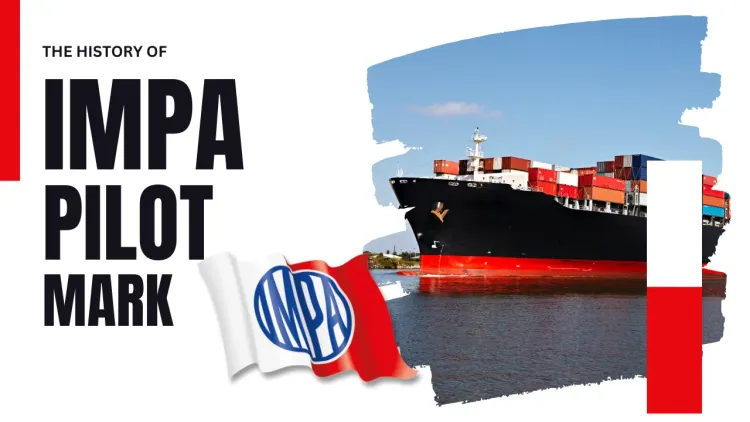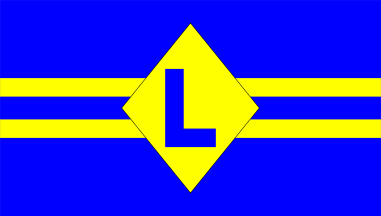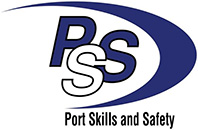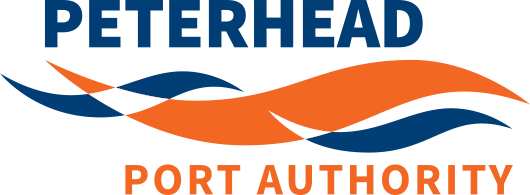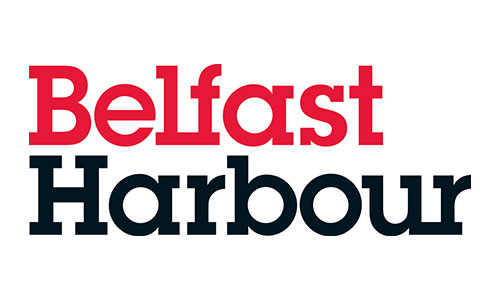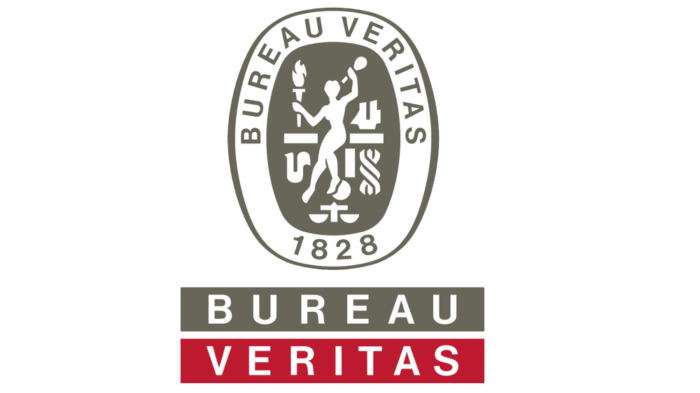The IMPA ‘pilot mark’ is a familiar sight on the midships section of large vessel hulls. The mark consist of a vertical bar not less than 50cm in width and 4m in height the upper half being white and and lower half being red. The mark is welded on the vessels hull on both sides in a similar fashion to the loadline.
It’s significance is that it indicates when the distance from the waterline to the pilot embarkation point reaches the critical 9m point. The bisection of the bar, when changing from white to red marks this point and gives a simple visual reference to the pilot that a combination ladder is, or isn’t required. If the pilot ‘sees red’ then the ship should have a combination rig in order to be compliant with SOLAS Ch V 23.
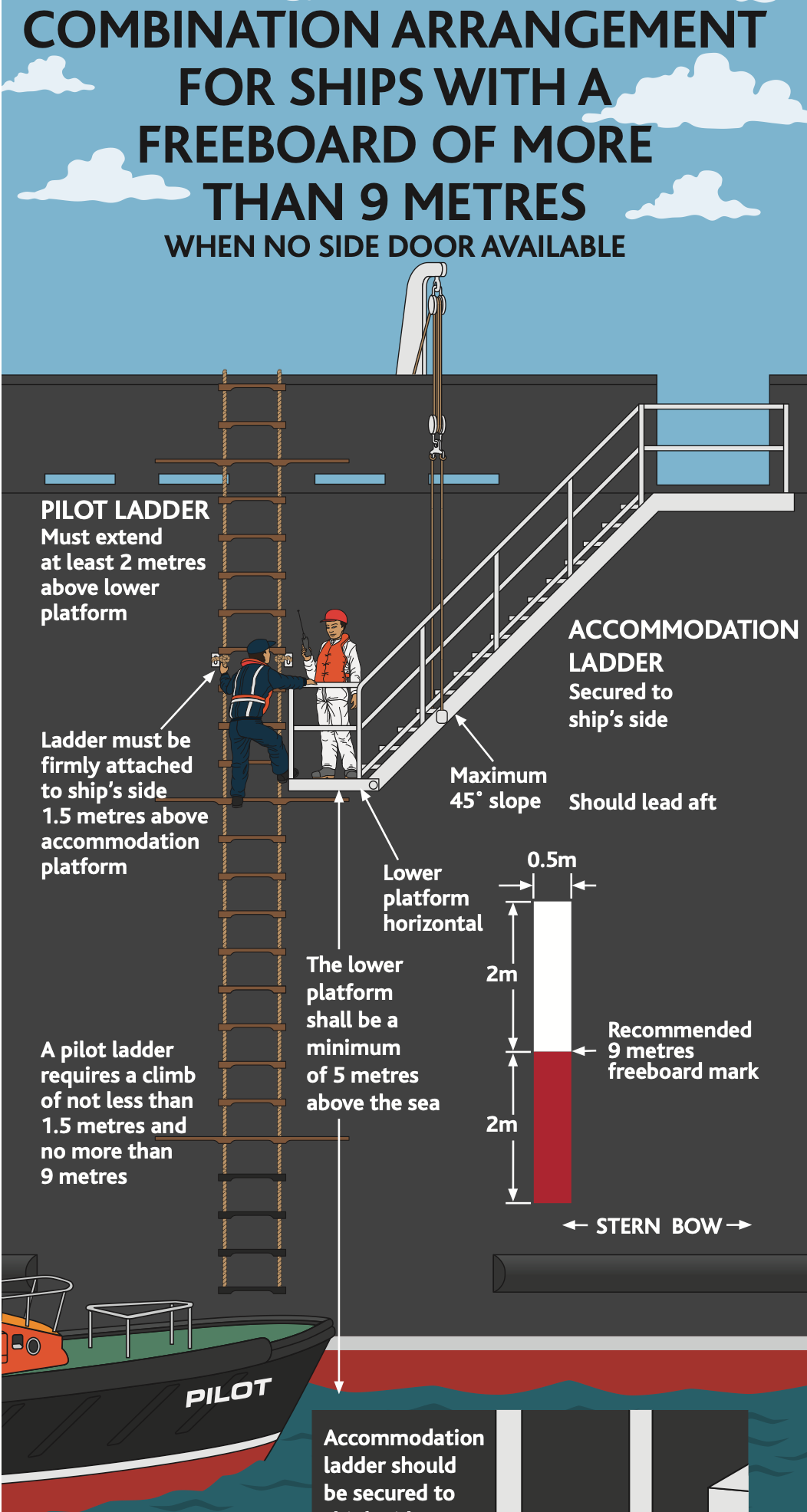
The tragic history of the pilot mark was revealed in a fascinating article from fellow pilot, and pilot ladder expert Kevin Valance in an article from 2019.
In 1974 the P&O ferry Eagle was on passage across Biscay from Southampton when she encountered heavy weather. A freak wave hit the accommodation smashing the wheelhouse windows and flooding the bridge disabling all equipment except the engine controls.
The master decided to divert to Falmouth to effect repairs and arrived at Carrick Roads pilot boarding station in continuing heavy weather whereupon they were allocated the services of a Trinity House Falmouth pilot, Captain Laurence Kerr Mitchell. Tragically the pilot fell whilst climbing the ladder and was pronounced dead upon his recovery some time later, leaving a widow and 4 children.
It later transpired that despite the height of the embarkation point being greater than 9m from the sea surface and that despite this the vessel had only rigged a pilot ladder rather than a combination rig. His widow sued P&O but inexplicably lost the case when the vessel operators successfully argued that Captain Mitchell could see that the climb was greater than 9m and therefore should not have attempted to board. Despite a fund being created to fund an appeal this was also lost.
Any pilot who has boarded a ship in adverse weather will know it is never immediately apparent what the distance to the embarkation point is with any sort of accuracy.
Tees Bay pilot, Captain Stuart Hellier, who was infuriated by the verdict, proposed a pilot mark should be developed to make it immediately apparent when the height of the embarkation point is greater than 9m to prevent such an event ever being repeated.
Thanks to support from fellow Tees Bay pilots Captain Gerald Coates and Captain Mike Irvine the concept of the ‘pilot mark’ was put before IMO. In 1981, with the vocal support of Sydney pilot Captain Malcolm Armstrong the IMPA pilot mark was created.
This now universally accepted convention gives a pilot a quick visual reference by which to judge the type of boarding arrangement that should be deployed and ask for a change should it be required.
Whilst the introduction of the IMPA pilot mark, could sadly, not change the outcome of the court rulings for Laurence Mitchell’s widow and children it now prevents pilots from using improper boarding arrangements and being caught in the same legal loophole.
Many thanks to Captain Kevin Valence for his work in discovering the tragic history of the IMPA Pilot Mark. His excellent book the ‘Pilot Ladder Manual’ is available from Witherby Seamanship International.

